From barren to bountiful: How a village in Maharashtra reclaimed its forests and its future
After decades of struggle, the Indigenous community of Pachgaon in Maharashtra transformed a degraded forest into a thriving ecosystem – proving that rewilding can be both ecological and equitable.

When Vijay Dethe returned in the early 2000s to his village in Maharashtra’s Chandrapur district, he wasn’t carrying the secure prospects of the government job that most in his position might have aspired to. Instead, he came home to this small Adivasi (Indigenous) area in central India armed with a deeper hunger: to understand why his community – largely made up of Adivasis as well as Dalits, a historically marginalized group – lived in cycles of poverty, hunger and seasonal migration.
“From a young age, I had seen hunger and unemployment,” he says. “And I realized we needed economic development to achieve social equality.”
Dethe’s questions led him to found Paryavaran Mitra (“friends of the environment”), a grassroots organization rooted in the belief that ecological regeneration can be a tool for economic justice. Within two years of its 2004 beginnings, the group was working with local Gram Sabhas (village councils) across the district. What started as a modest experiment would soon become Pachgaon’s forest reclamation movement: a rare but powerful example of how some of India’s marginalized communities are asserting their rights to land, reclaiming degraded forests and transforming their ecological inheritance into sustainable economies.
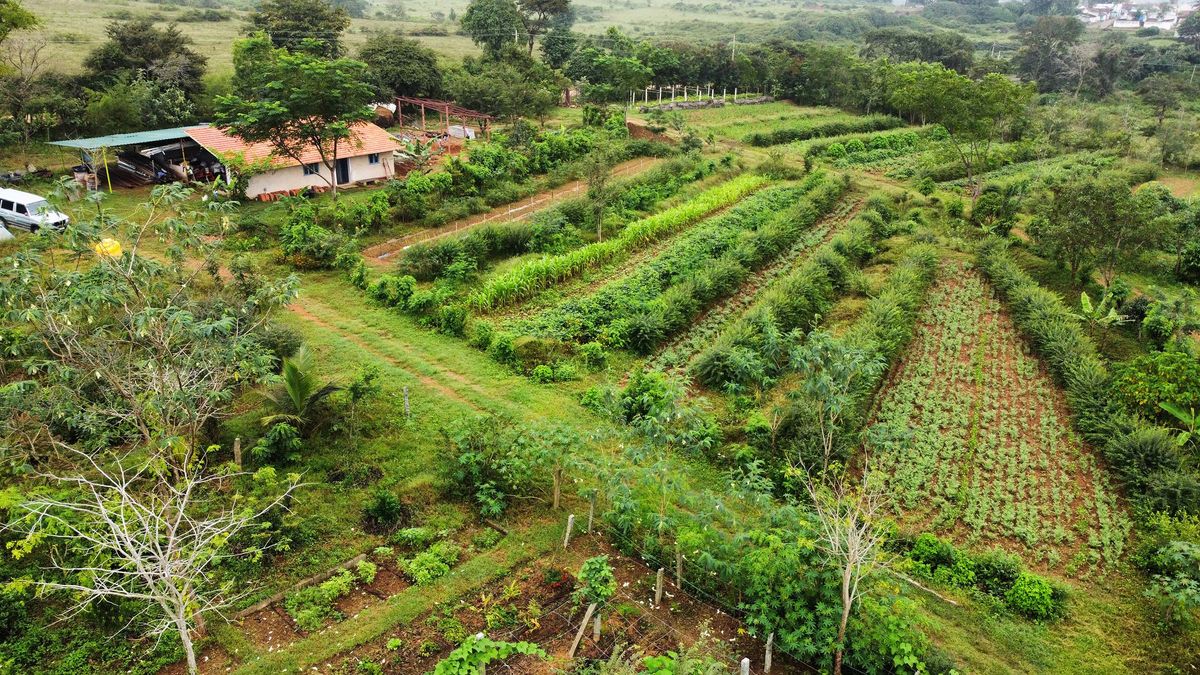
From scarcity to stewardship
Pachgaon’s forests were once abundant with bamboo, tendu leaves and mahua, a flowering tree valued for its edible blossoms. But decades of extractive forestry, forest department control and state neglect had depleted the land. Villagers had little access to forest resources, and almost every family depended on seasonal migration for survival. Dethe and his colleagues saw an opportunity in the Forest Rights Act (FRA) of 2006, which allowed forest-dwelling communities to claim collective rights over their ancestral forests.
While bamboo harvesting remains the village’s primary forest-based activity, Pachgaon’s rewilding work has also brought back biodiversity. Community patrols and fire prevention lines have curbed forest fires, while mixed-species plantations have encouraged the return of birds, small mammals and native pollinators.
Creating these mixed species plantations involves planting a diverse mix of native trees and plants rather than relying on a single species. This approach helps restore natural habitats, supports a wider variety of wildlife and improves soil quality by mimicking the diversity found in healthy forests. By increasing plant variety, mixed species plantations make the ecosystem more resilient to pests, diseases and climate challenges. This method is a key step in rewilding, as it helps revive degraded lands and supports both the environment and local community livelihoods.
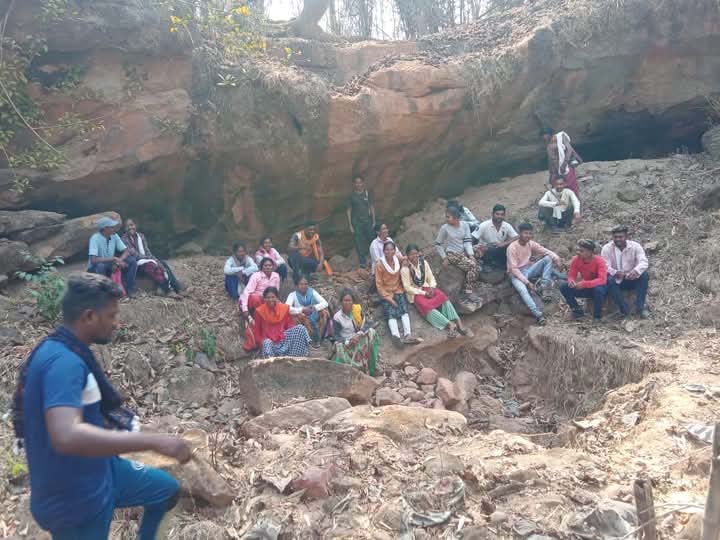

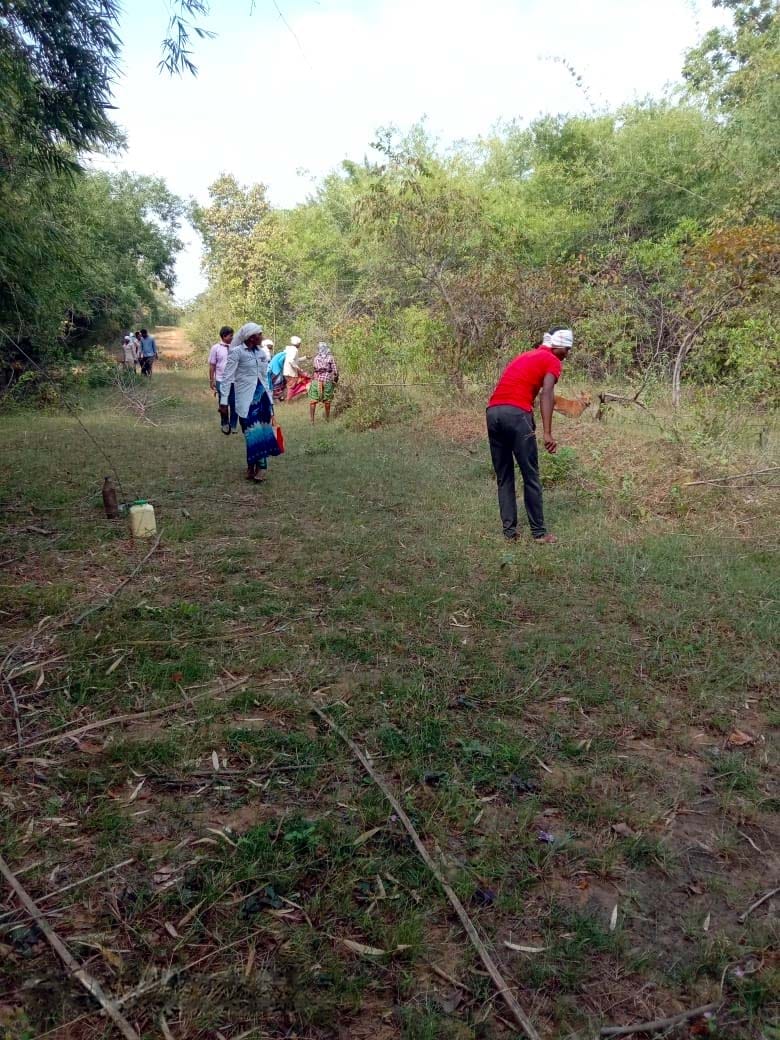
Left: Villagers learning about the sustainable use of forest. Centre: A Gram Sabha meeting. Right: People working in the village forest. Photos: Rishabh Jain.
“We’re starting to see a full ecosystem again,” says Rupesh Nathra, who was in his 10th year of school when the community was granted title over these lands. “It’s not just bamboo – it’s mahua, palash, harra, beheda. We’re even seeing wild boars and peacocks come back.”
But this change wasn’t instant. “Initially, people were skeptical,” Dethe remembers. “They would ask, ‘What about today? What will we eat today?’” Many villagers lived hand-to-mouth, and talk of legal claims and long-term planning seemed abstract.
Yet Dethe and his team persisted. They held awareness campaigns, explaining how forests – if managed by the community – could become reliable sources of employment, food and dignity. They also mobilized participation in Mahatma Gandhi National Rural Employment Guarantee Act (MGNREGA) programs, combining wage labour with forest-related activities such as bund-making (a form of land terracing), fireline clearing and bamboo harvesting.
In 2012, Pachgaon officially received community forest resource (CFR) rights under the FRA. “That was when everything started to change,” says Rupesh. “Before that, the village had no employment. The conditions were very bad.”
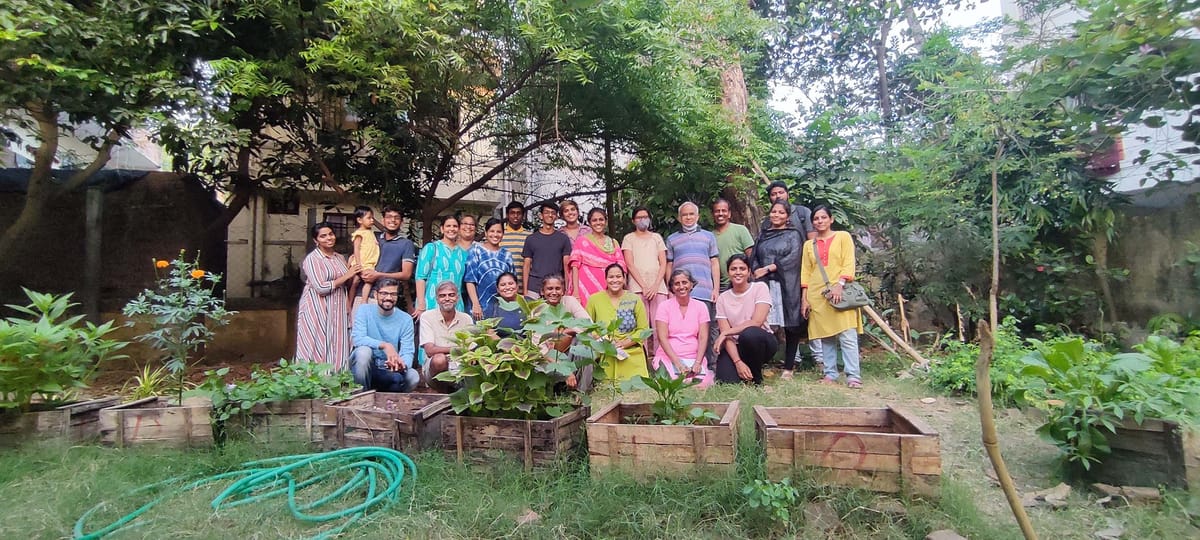
Reclaiming the forest, reimagining the future
The Gram Sabha now had control over 1,314 hectares of forest land. This shift in governance from the state to the community unlocked a wave of possibilities. “We began seeing the forest not just as a place for survival but as an asset for economic independence,” Dethe says.
The village council set up a community-managed bamboo-harvesting depot, where youth including Rupesh now work. “I help prepare transport bills and manage bamboo deliveries,” he explains. “Earlier, less-educated people did this work. Now, with education, we are able to improve it and make it more efficient.”
The work is not extractive. Bamboo is harvested sustainably in cycles, ensuring the forest regenerates. The revenue is reinvested into the village, paying wages, upgrading infrastructure and funding education. Recently, the village built a school shed and donated computers for students.
“You can feel the difference,” says Sachin, Rupesh’s younger brother and a student of rural management. “Earlier, people had to migrate. Now, we work six months in the forest and spend the rest on farming or enjoying festivals. There is a rhythm to life again.”
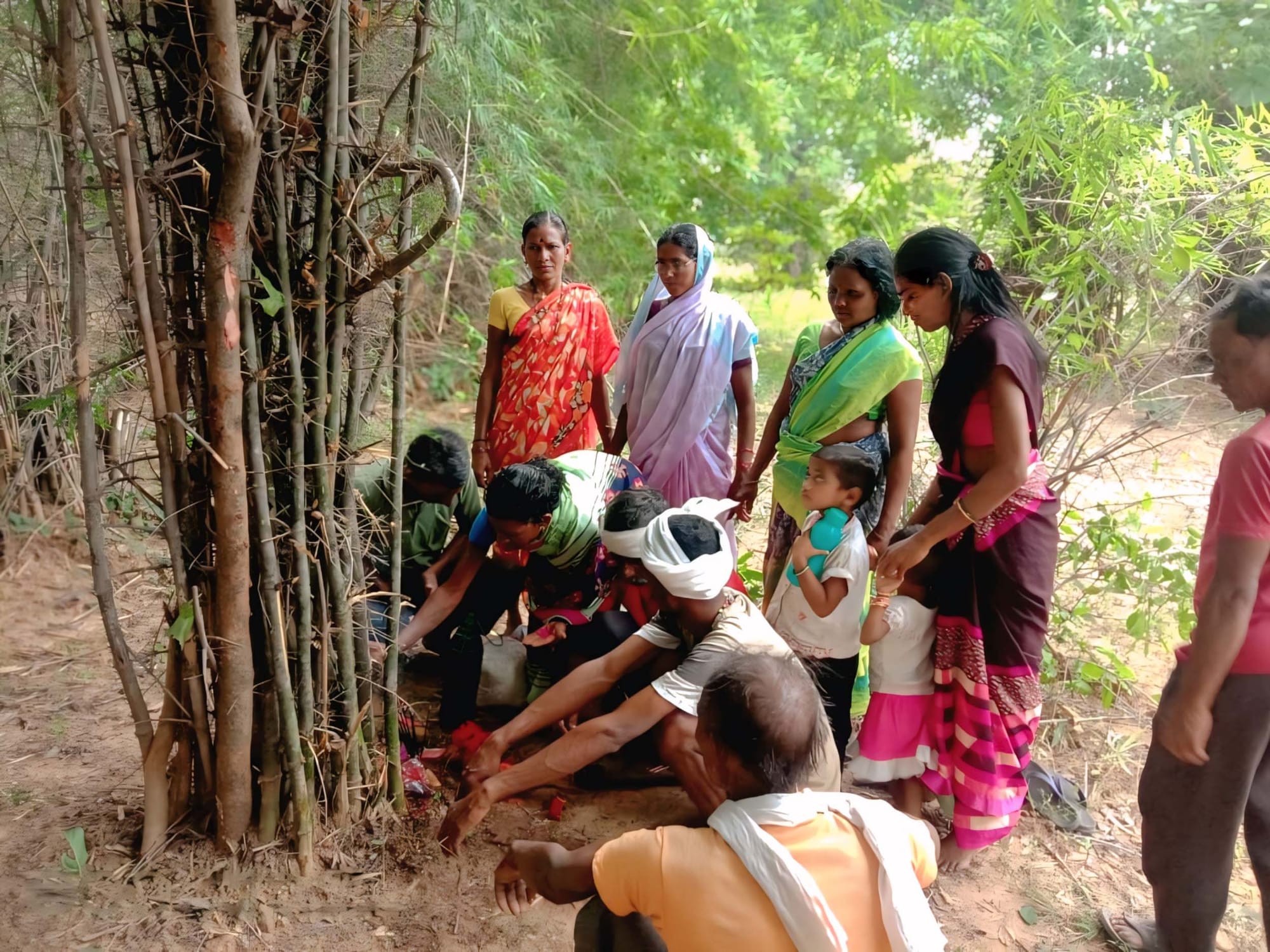
Education as a catalyst
That rhythm includes education, a right that Pachgaon’s children once struggled to access. Rupesh recalls his time in a tribal hostel near Viru Station, 10 kilometres from home. “We had to leave the village to study because there was no school and no money,” he says.
Today, not only does Pachgaon have better educational facilities, but its children are attending universities across India. “The financial situation has improved,” says Rupesh. “My brother is in Delhi. Many others are also pursuing higher education. That wasn’t possible before.”
The shift has fostered a generation that sees rural development not as charity but as smart, locally anchored planning. “I sat in the first Gram Sabha meeting back in 2012,” Sachin recalls. “There was doubt. But over the years, people understood: this forest is ours. And it can sustain us.”
A model beyond Pachgaon
Pachgaon’s model is gaining attention. Dethe and his team now work across 500 villages in Chandrapur district, helping communities file forest claims, develop land-use plans and create forest-based enterprises.
“We’re setting up research and processing centres,” he says. “And we’re training youth in marketing and administration. This isn’t just about bamboo – it’s about creating circular economies.”
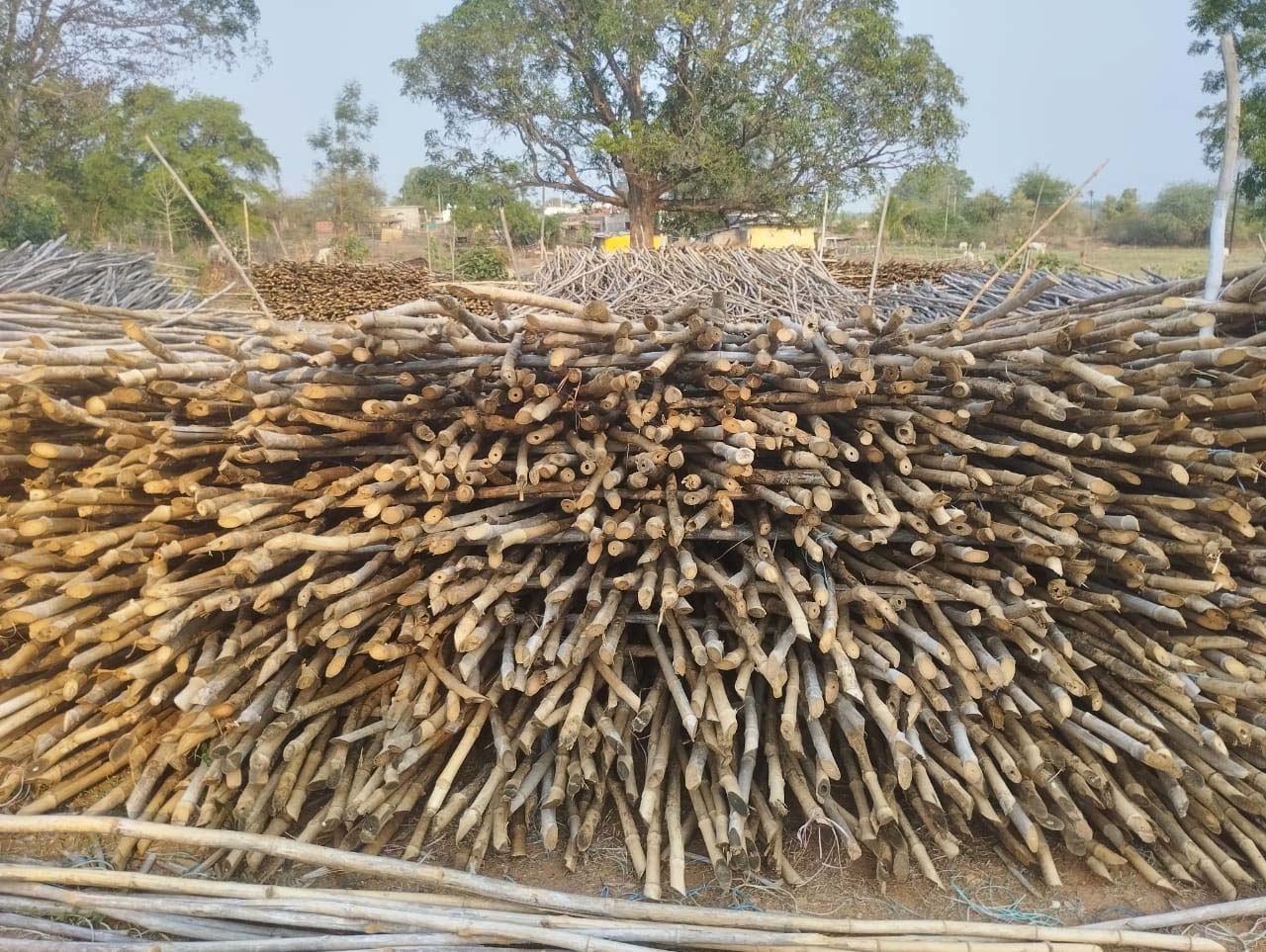
Women, too, are finding new roles in the rewilded economy. Though still underrepresented in leadership positions, they are increasingly participating in forest management decisions and income-generating activities like bamboo processing and tendu leaf collection. Paryavaran Mitra has begun organizing training workshops specifically for women, aiming to build confidence and economic independence. “When women earn from the forest, they invest it in their families,” Dethe says. “It’s transformative.”
Unlike state-led afforestation drives, which often plant non-native species with little community involvement, Pachgaon’s approach hinges on ecological knowledge and democratic governance. Forest monitoring, seasonal calendars and harvesting decisions are made collectively. Profits stay within the community. Dethe credits Dr. B.R. Ambedkar’s philosophy for shaping this path: “He said social empowerment needs economic equality. That’s exactly what we are building.”
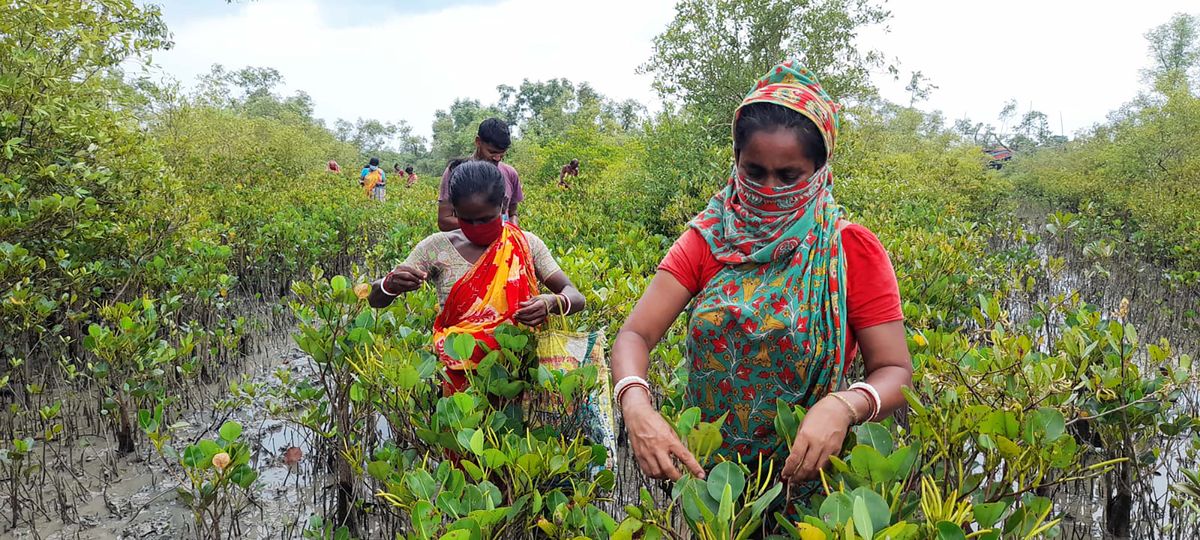
Lessons for India’s climate future
As India pushes forward on its climate agenda, Pachgaon offers lessons in decentralized, climate-resilient development. “This is real climate adaptation,” says Sachin. “We’re using local resources, reducing migration and keeping the youth connected to the land.”
The story also challenges mainstream conservation narratives that often frame forest communities as threats to biodiversity. In Pachgaon, the opposite is true. Adivasis and Dalits, historically marginalized and excluded, are showing that ecology and economy can coexist – when power is truly shared.
Still, challenges remain. Delays in FRA implementation, bureaucratic hurdles and lack of market access threaten to stall similar efforts elsewhere. “The government needs to trust communities more,” Dethe says. “We’ve shown what’s possible.”

“This forest is ours”
Back in the village, Rupesh is hopeful. “We’re working on expanding bamboo businesses, creating small-scale industries and helping the Gram Sabha with management. It’s a lot of work – but we’re proud of it.”
When asked what the future holds, he doesn’t hesitate: “Our youth are educated now. We’ve seen change, and we know how to sustain it. This forest is ours, and so is the future.”
What’s happening in Pachgaon is not just ecological or economic – it’s quietly political. In a country where caste hierarchies and landlessness often go hand in hand, reclaiming forest rights is a profound act of assertion. “When Dalit and Adivasi communities manage their forests, it challenges the idea that they need saving or supervision,” Dethe says. “It flips the power dynamic.” The forest becomes not just a place of survival, but of self-determination.
Editor's note: While our content management system doesn't handle multiple authors well, we want to point out this story was a collaboration between Rishabh Jain and fellow journalist Nyshma Noir.






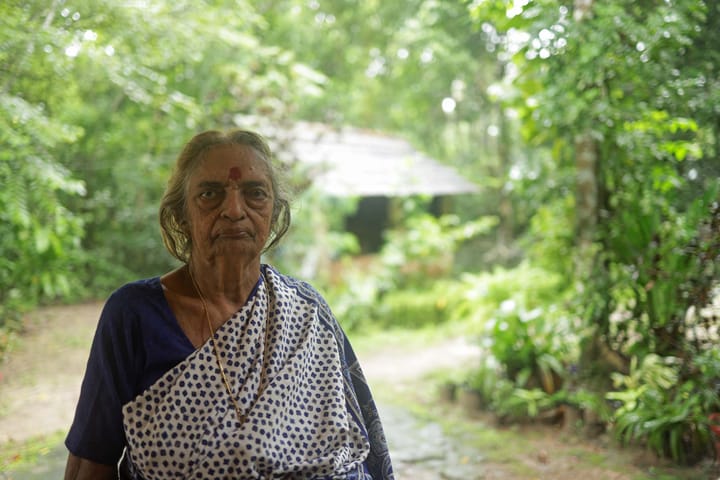
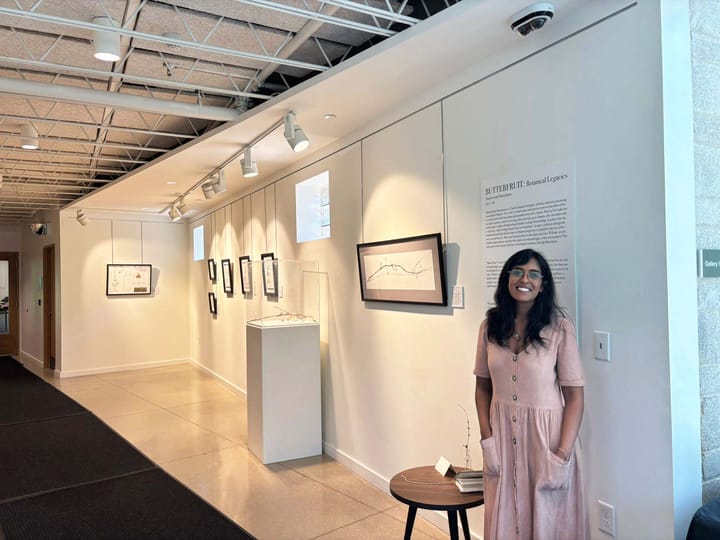
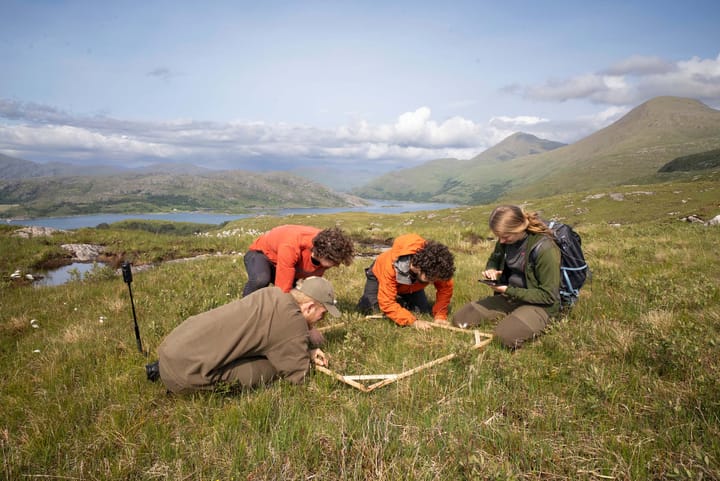

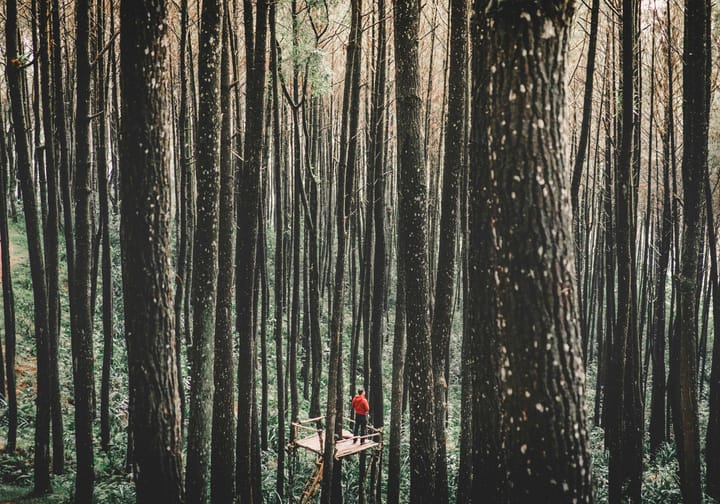
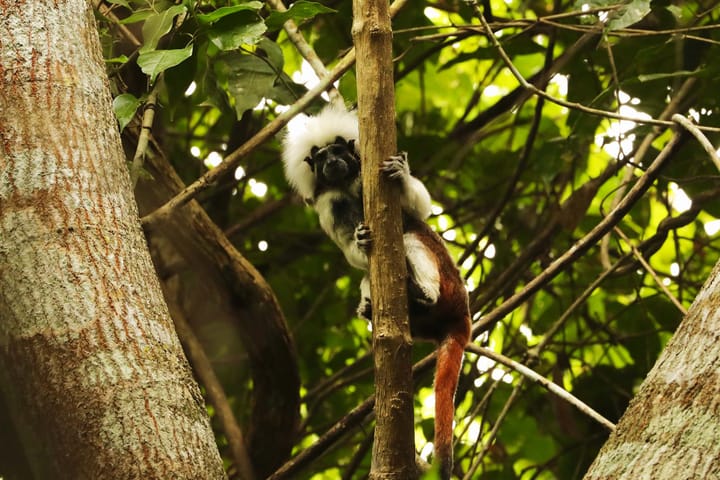
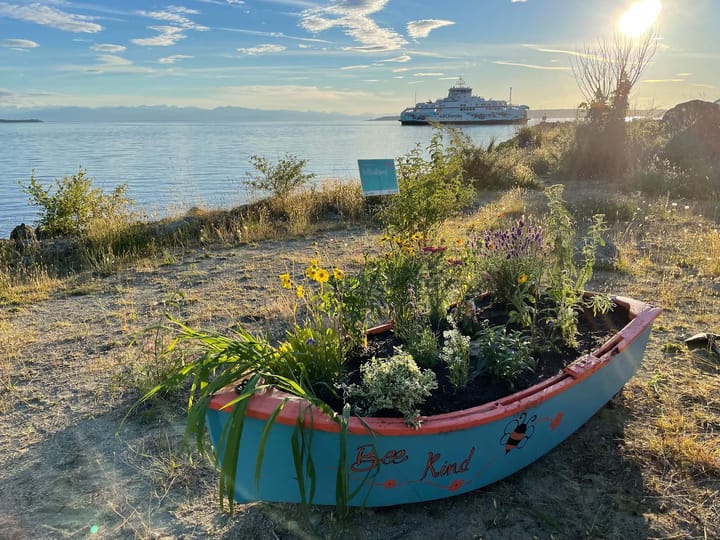


Comments ()